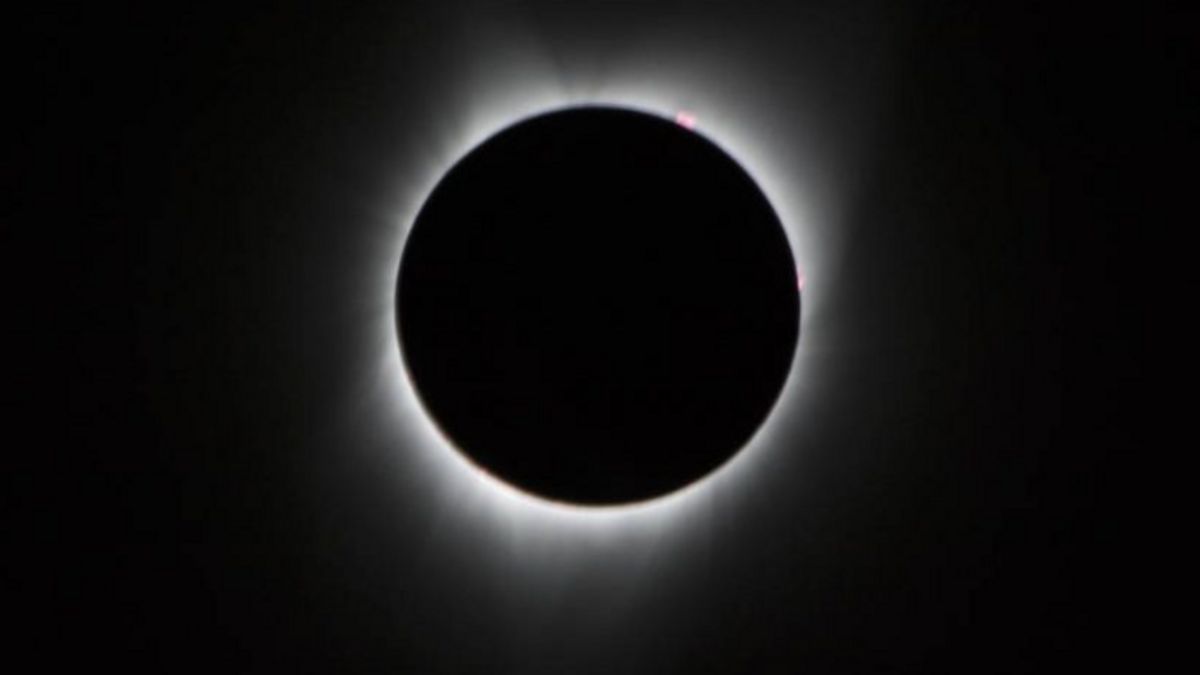JAKARTA - A total solar eclipse will occur on April 8 next year and should be visible to the naked eye. However, El Nino has the potential to ruin this beautiful view.
The path of next year's total solar eclipse is estimated to be 185 kilometers wide. This eclipse will start on the Pacific Coast of Mexico and head northeast, crossing 15 states in the United States (US) from Texas to Maine.
Standard climatology data, which VOI quoted from Space, shows that the best chance of seeing a total solar eclipse in clear skies will occur in the southwest, namely from Mexico to Texas.
Unfortunately, views of this total solar eclipse can be disrupted because April is a season transition time across the continent. This month, the thunderstorm season will begin in the South and spring and snowfall will occur in the North.
El Nino is expected to change overall wind patterns around the world, especially in the US. According to Meteorologist Jon Hutchinson, the jet stream will be stronger in the South and gentle in the North.
“In general we will see the same number of storms in an El Nino year. However, storm systems moving through the Texas region tend to be much larger and more powerful,” Hutchinson said.
VOIR éGALEMENT:
While some scientists attribute this total solar eclipse to El Nino, Sky & Telescope Researcher Anderson says the influence is a bit complex. Since 1979, the influence of clouds has steadily decreased in the eclipse area.
From Mexico, Texas, Oklahoma to Illinois, the cloudiness of the sky continues to decrease by up to 15 percent and the difference is slight in El Nino years. This is actually good news because it is possible that El Nino will not have a big influence when the eclipse occurs.
Until now, meteorologists cannot predict the influence of El Nino which will occur next year. They don't know yet whether El Nino this time will be strong or weak and will affect the weather or not.
So far, El Nino has never disturbed the view of the eclipse. However, meteorologists recommend looking at the weather forecast first before paying attention to the total solar eclipse.
The English, Chinese, Japanese, Arabic, and French versions are automatically generated by the AI. So there may still be inaccuracies in translating, please always see Indonesian as our main language. (system supported by DigitalSiber.id)













